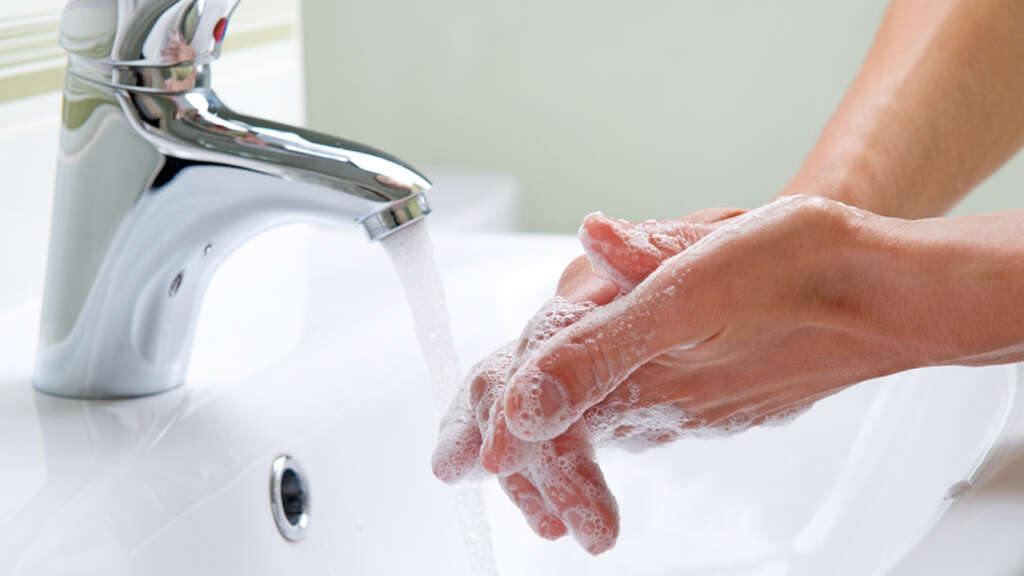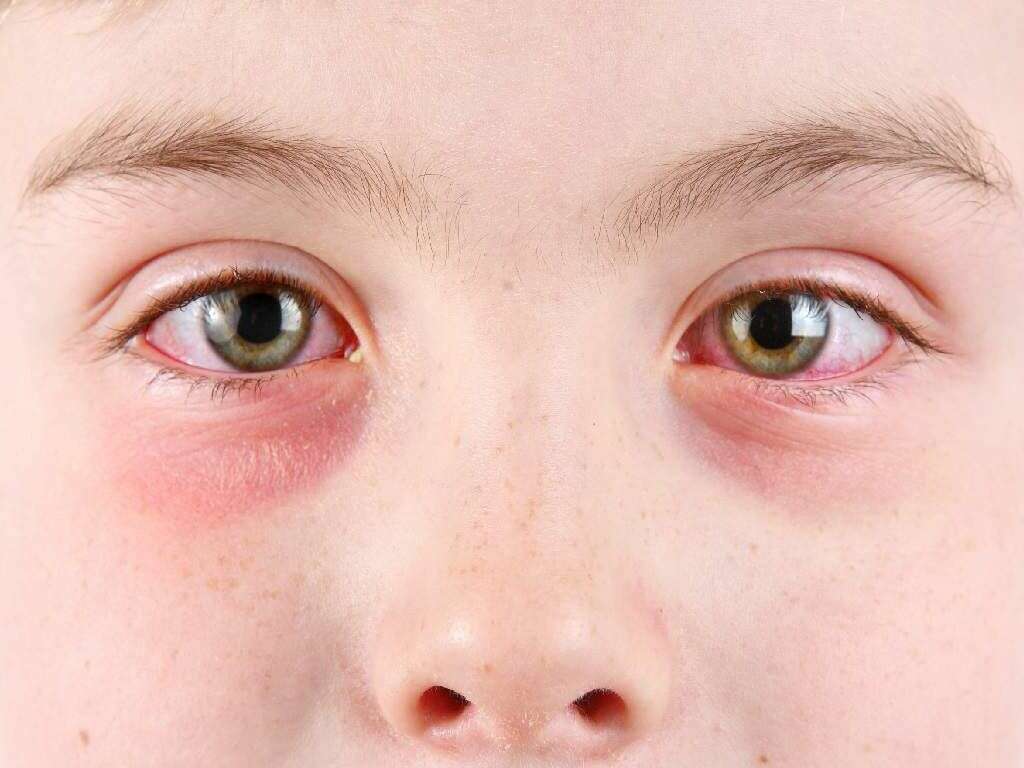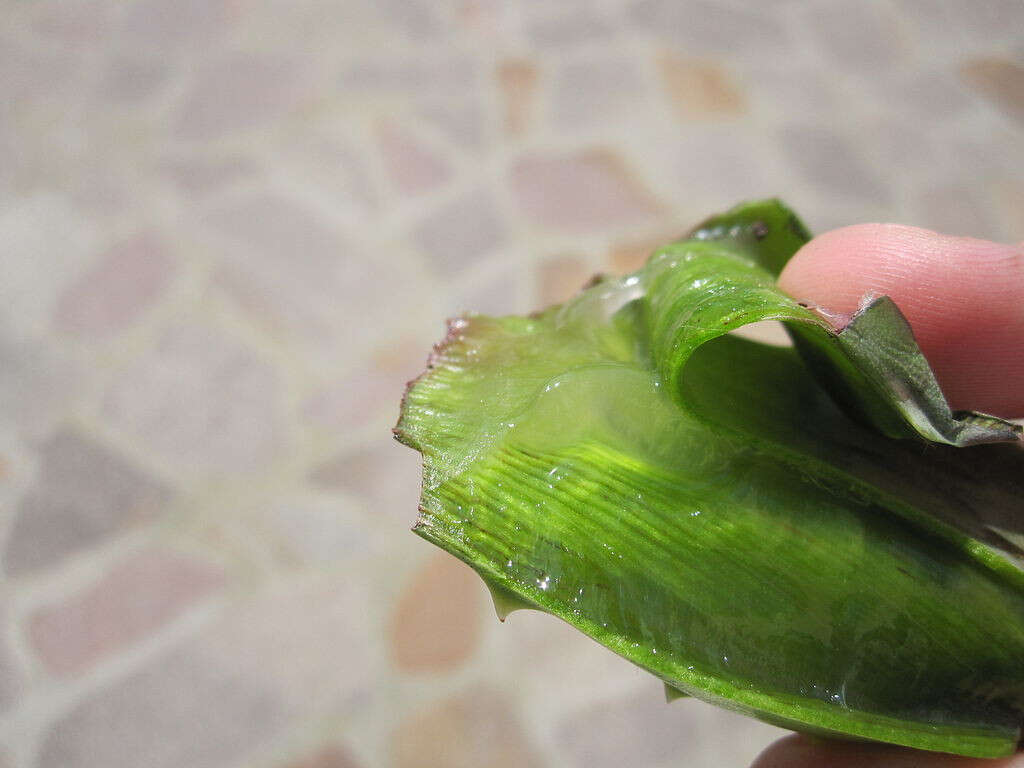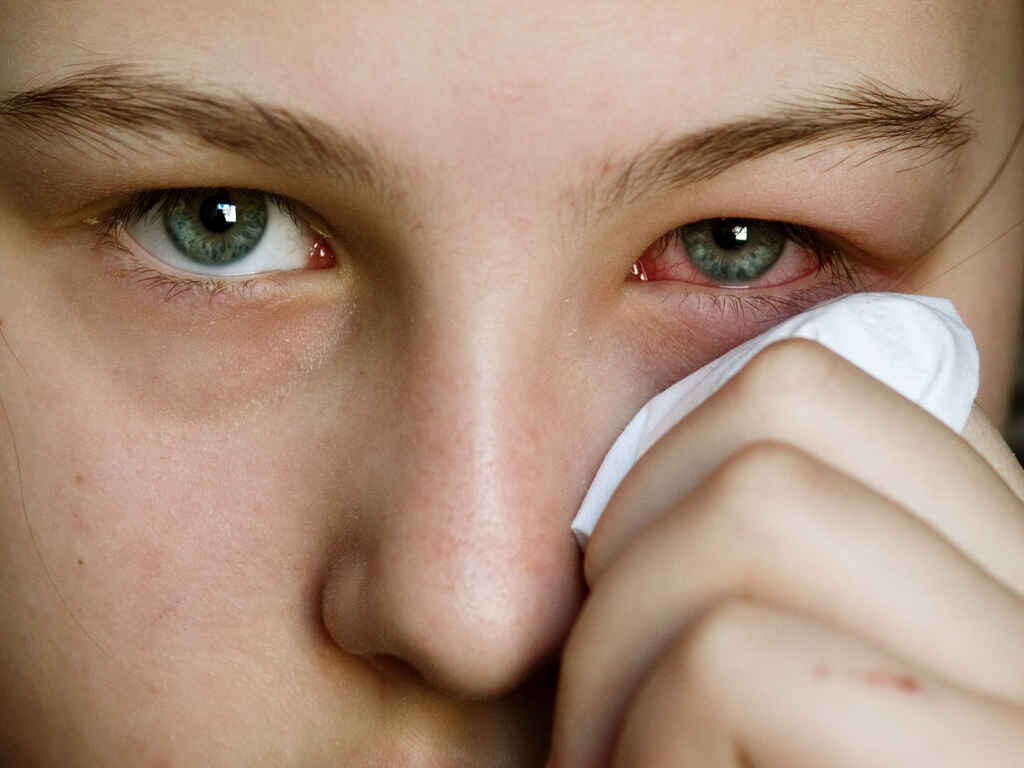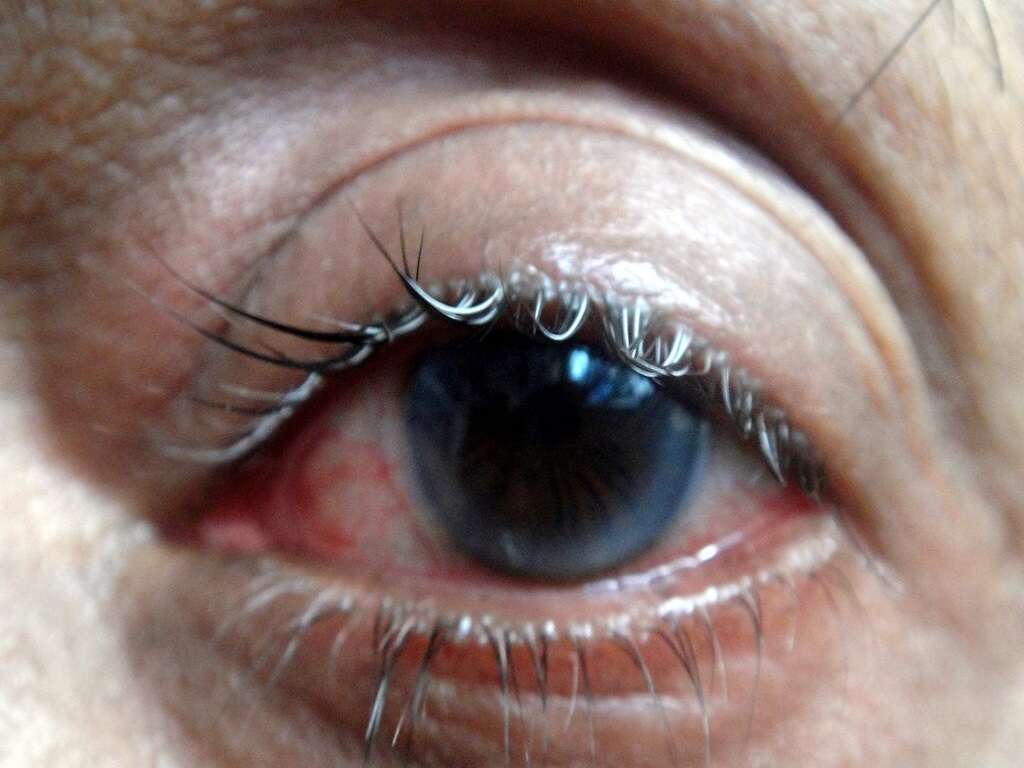What Is Conjunctivitis?
Conjunctivitis, pink eye, or red eye occurs when there is inflammation of the conjunctiva. It is often known as pink or red eye as the inflammation causes the affected eye to appear reddish or pinkish. This condition can affect one or both eyes.
The conjunctiva comprises of the inner surface of the eyelid and outermost layer of the white part of the eye. There are three parts of the conjunctiva: the palpebral or tarsal conjunctiva (that lines the inner surface of the eyelid), bulbar conjunctiva (covers the white portion of the eye-anterior sclera), and the conjunctival sac (which is the space bounded by tarsal and bulbar conjunctivae).
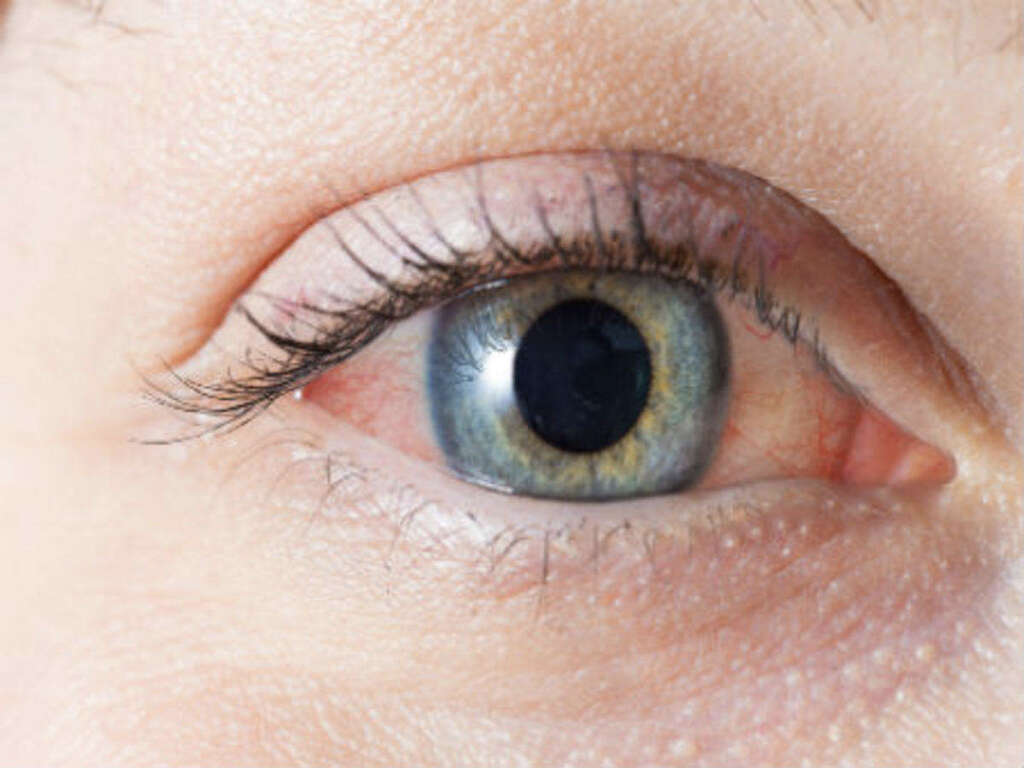
1. Causes
Conjunctivitis can be caused by several factors such as a bacterial infection, viral infection, irritants, allergens, dryness, mechanical abrasions, and more. The etiologic agent needs to be identified to obtain appropriate treatment. In contagious causes such as bacterial and viral infections, transmission can occur from person to person contact or through contaminated objects and water.
In bacterial infections, conjunctivitis can occur when the bacteria reaches the conjunctiva from the surrounding skin, edges of the eyelids, nasal cavity, contact lenses, and infected eye drops. it has been estimated that 65% to 90% of viral conjunctivitis cases are due to human adenovirus infections. The different types of conjunctivitis can be divided according to the different causes.
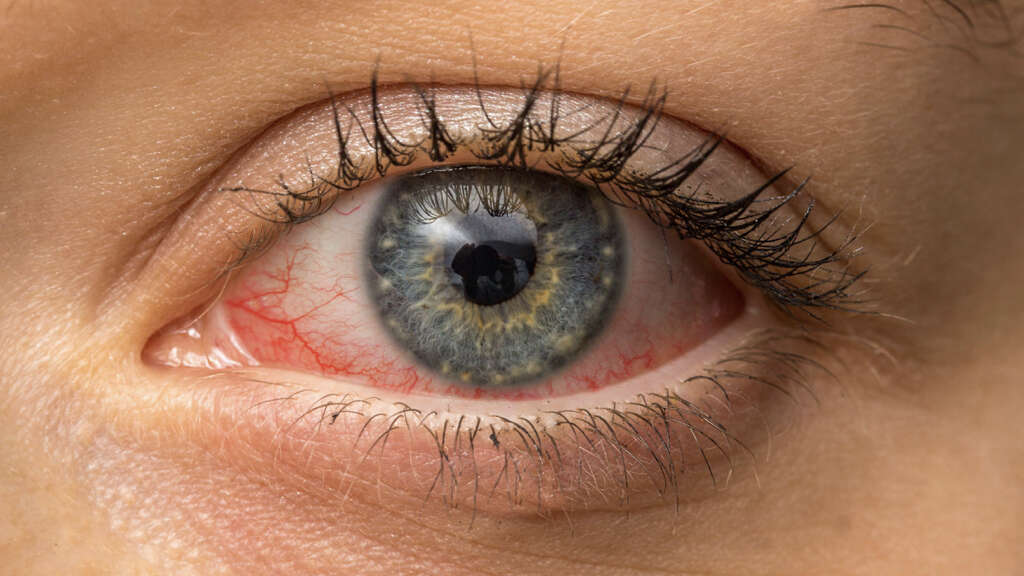
2. Statistics
Conjunctivitis is a very common condition affecting the eye. The rate of the disease depends on the age, time of the year, and underlying cause. In infants, young children (of school age), and the elderly, acute conjunctivitis is very common. Viral conjunctivitis is the commonest cause of infectious conjunctivitis.
In the United States, acute conjunctivitis is estimated to affect 6 million individuals every year. Different forms of conjunctivitis may have seasonal trends. In bacterial conjunctivitis, the incidence peaks from the months of December to April with viral conjunctivitis peaking during the summer, while allergic conjunctivitis is more common in spring and summer. As with any common condition, conjunctivitis can have a large impact on both economic and social burdens. For example, treatment of bacterial conjunctivitis is estimated to cost between $377 million to $857 million annually.

3. Signs and Symptoms
In conjunctivitis, there is often redness of the eye due to the inflammation of the conjunctiva. The eyes may appear to be slightly swollen as the inflammation causes swelling of the conjunctiva (also known as chemosis). A patient with conjunctivitis also has watering of the eyes.
However, despite all these symptoms, the visual acuity and pupils should be normal in conjunctivitis. Patients may also complain of a gritty feeling in the affected eyes along with a burning or itching sensation. Besides excessive tearing, there may also be discharge and increased sensitivity to light. Slight blurring of vision may also occur. Medical attention should be sought as soon as possible if it occurs in those who are very young or if there is yellowish or greenish discharge.
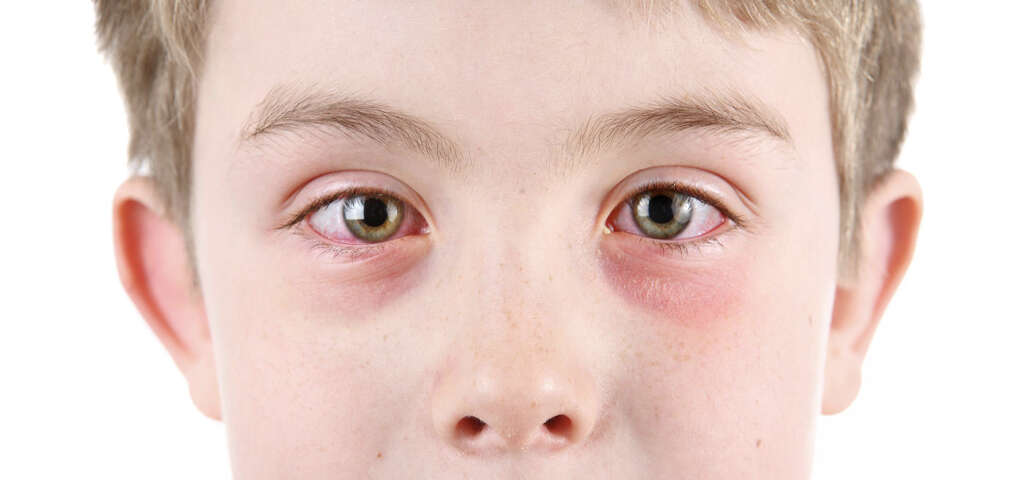
4. Allergic Conjunctivitis
Allergic conjunctivitis occurs when there is conjunctival inflammation due to allergy. Depending on the individual, allergens may vary. Some of the examples of allergens are cosmetics, perfumes, dust mites, eye drops, pollen, smoke, and more.
In allergic conjunctivitis, symptoms of conjunctivitis are due to the release of substances from mast cells and histamine. The redness occurs when there is vasodilation of the peripheral small vessels. Allergic conjunctivitis is the commonest type and affects 15% to 40% of the population with 80% of these patients having concurrent allergic rhinitis. It also accounts for 15% of eye-related primary care visits. Allergic conjunctivitis is due to type 1 hypersensitivity reactions and can be generally further divided into seasonal and perennial, atopic, vernal, and giant papillary conjunctivitis.

5. Viral Conjunctivitis
Viral conjunctivitis is generally caused by adenovirus, varicella zoster virus (VZV), and herpes simplex virus (HSV). Adenoviral conjunctivitis is the commonest, self-limited, and usually resolves on its own within 5 to 14 days. It is highly contagious and can affect one or both eyes.
HSV conjunctivitis tends to affect newborns (of infected mothers) and sexual partners of those infected. It usually affects one eye and uncomplicated cases resolves within 4 to 7 days. VZV conjunctivitis affects those exposed to chickenpox and is usually self-limiting, resolving within a few days. It can affect one or both eyes. Patients with viral conjunctivitis may also experience symptoms similar to a cold (runny nose, fever, swollen lymph nodes, sore throat).

6. Bacterial Conjunctivitis
Bacterial conjunctivitis is similar to viral conjunctivitis and can be best distinguished clinically based on the discharge. Bacterial conjunctivitis generally causes a yellowish greenish discharge and patients often wake up with eyes that are “glued” shut. Bacterial conjunctivitis can be classified into hyperacute, acute, and chronic.
Hyperacute cases are usually due to Neisseria gonorrhoeae and affect sexually active adults. It can also affect newborns in infected mothers. Nongonococcal conjunctivitis is an acute infection and can be caused by Staphylococcus aureus, Streptococcus pneumoniae, and Hemophilus influenzae. Younger patients in these cases may also experience sinusitis, pharyngitis, and otitis media. Chlamydial conjunctivitis can affect newborns and adults.
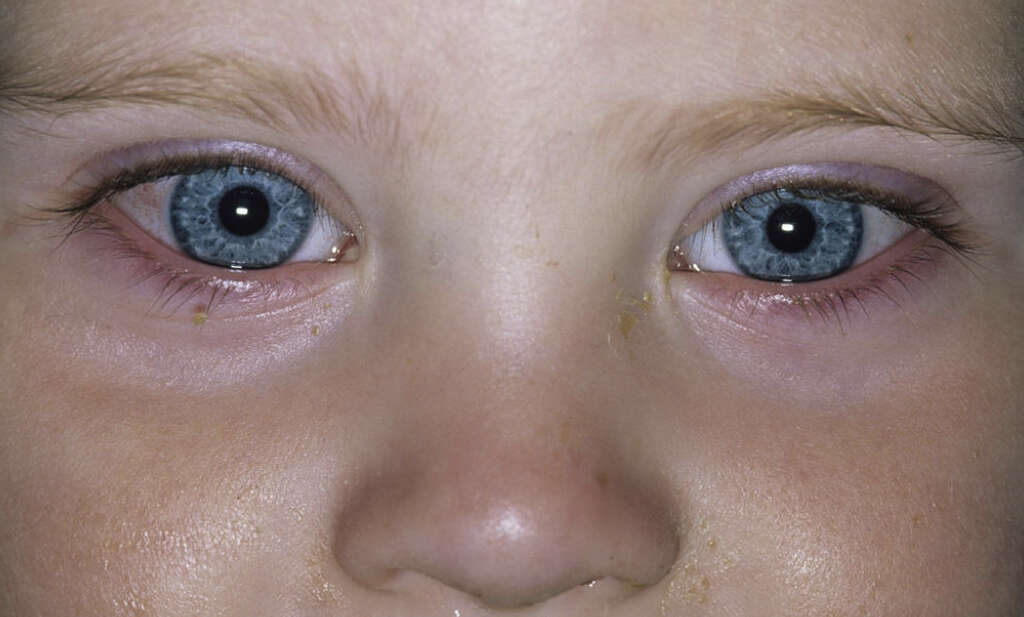
7. Chemical Conjunctivitis
Chemical conjunctivitis is also known as toxic pinkeye. It occurs when the eye is exposed to fumes, smoke, liquids, or chemicals that cause irritation and inflammation of the conjunctiva. Immediate removal of the toxic chemical is required to prevent further damage to the eye. In serious cases, there can be severe pain, redness, decreased vision, and severe swelling.
Chemical conjunctivitis is not contagious but exposure to toxic or chemicals requires an evaluation by a doctor as further management and treatment may be required. Very mild cases may occur due to exposure to chlorine when swimming and generally do not require treatment. In these cases, rinsing of the eye and application of artificial tears or ointment generally helps decrease the irritation and redness.

8. Diagnosis
The diagnosis of conjunctivitis is most often achieved clinically through an examination by a physician or ophthalmologist as there are many conditions that can cause redness of the eyes. Cultures are generally unnecessary as most cases are self-limiting and resolve without treatment or antibiotics.
In cases where bacterial conjunctivitis is suspected but there is no improvement to topical antibiotics, swabs can be obtained for bacterial culture. A patch test may be beneficial to help identify the allergen for allergic conjunctivitis. While rarely done due to both cost and experience required in handling ocular specimens, conjunctival scrapes for cytology can be beneficial in the detection of fungal infections, chlamydia, dysplasia, and allergy. When dysplasia or granulomatous disease are suspected, conjunctival incisional biopsy may be performed.
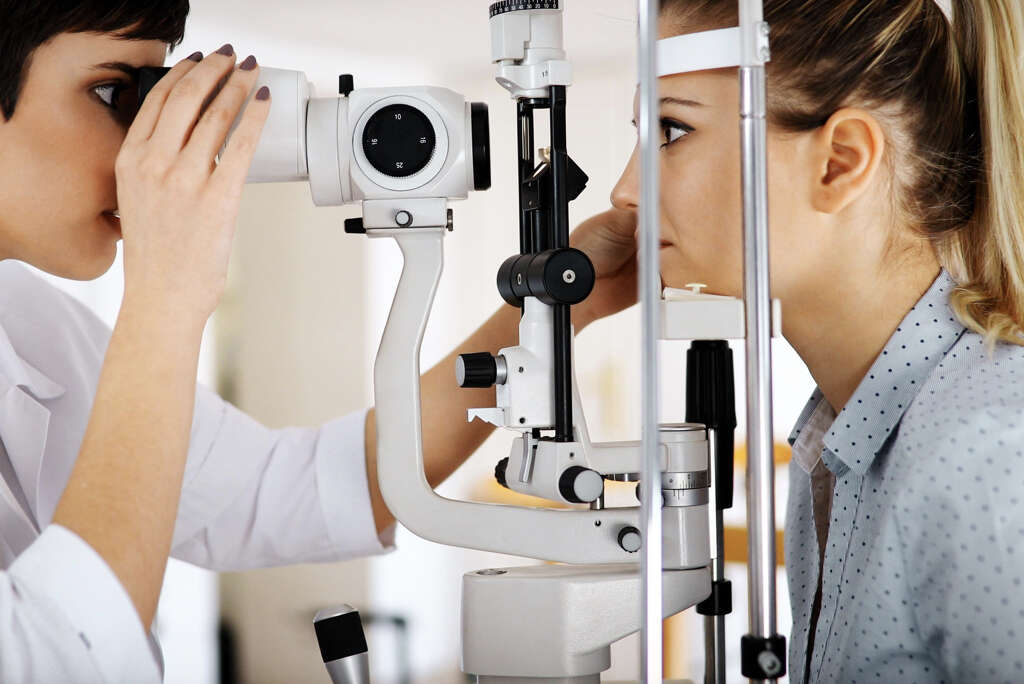
9. Management
Most cases of conjunctivitis resolves without treatment within 2 to 5 days without the prescription of antibiotics. In viral conjunctivitis, antihistamines and mast cell stabilizers may help to control the symptoms. Artificial tears, antihistamines, and nonsteroidal anti-inflammatory drugs (NSAIDs) can be beneficial for allergic conjunctivitis.
Persistent cases may require topical steroid eyedrops. Bacterial conjunctivitis may require topical antibiotics if there is no improvement after 3 days. Antibiotics are also recommended for those who are immunocompromised, have pain, copious discharge, gonorrhea or chlamydia, or wear contact lenses. The type of antibiotic depends on the suspected bacteria causing the infection. Chemical conjunctivitis requires irrigation and severe cases are considered medical emergencies that require immediate medical attention.
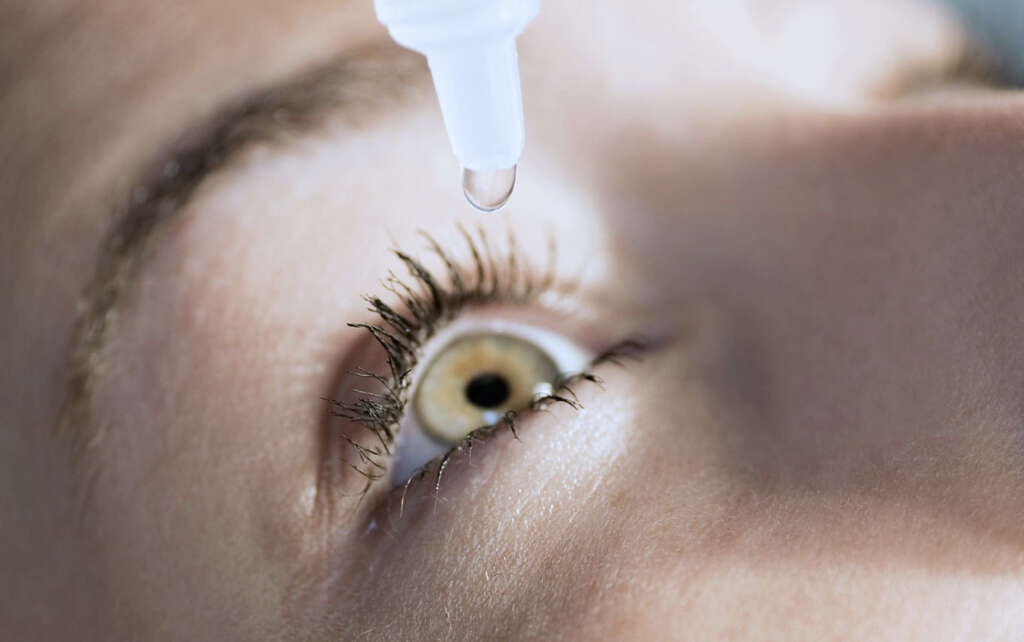
10. Prevention and Patient Education
When it comes to prevention of infectious (bacterial and viral) conjunctivitis, simple hygiene measures can be highly effective as both bacterial and viral conjunctivitis are highly contagious and spread with direct contact or through contaminated objects. Hand washing is an essential method to decrease transmission. It is important for patients to learn proper hand washing methods where soap and water will be required and hands should be rubbed together for 15 to 30 seconds.
Children should be taught to wash their hands before and after meals, after coughing, sneezing, and touching their eyes. When a sink is unavailable, alcohol based hand sanitizers are a good alternative. The entire surface of hands, fingers, and wrists should be covered. Those infected should avoid sharing handkerchiefs, towels, tissues, cosmetics, pillows, and bedsheets.
